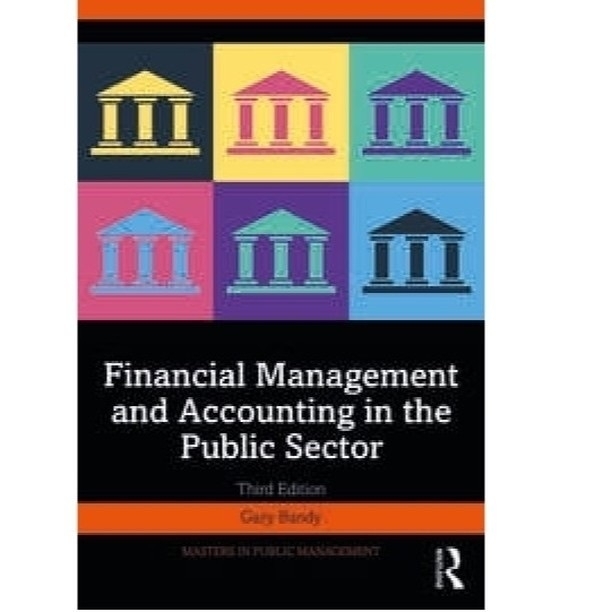'Be short, be simple, be human.'
That’s a working definition of Plain English from a blogpost I read recently. It’s good, isn’t it? I (and many others on LinkedIn) urge writers to use plain language in their documents but how can you learn what that means. The Plain English Campaign happens to be based in New Mills, less than 8km from where I am writing this post. It’s mission since 1979 has been to fight for crystal-clear communication and fight against gobbledygook, jargon and misleading public information.
